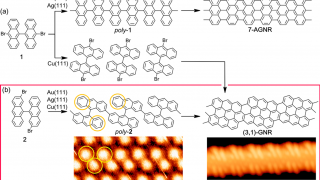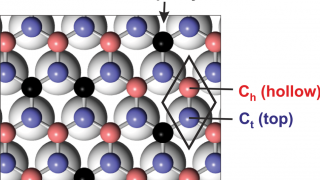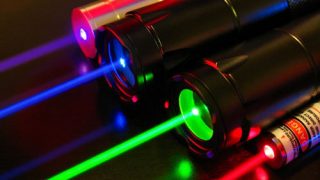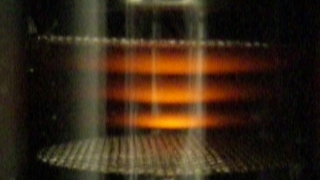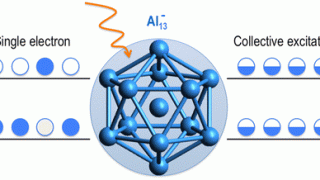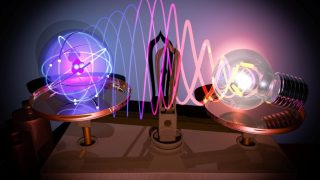
When Optics goes Atomic
An international team with the participation of the Center for Materials Physics in San Sebastián (CSIC-UPV/EHU) and Donostia International Physics Center (DIPC) have created the smallest lens in the world, capable to concentrate light down to dimensions of an atom. Researchers have used gold nanoparticles as focusing lenses that allow to flex individual chemical bonds […]
